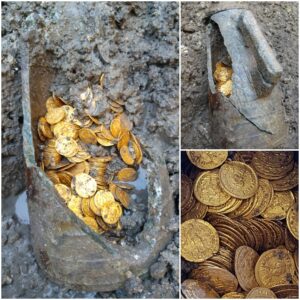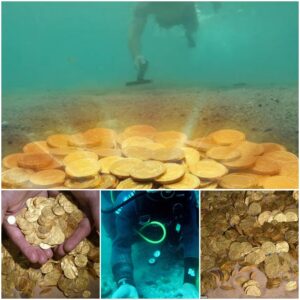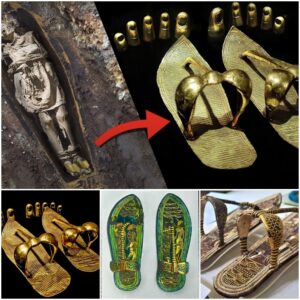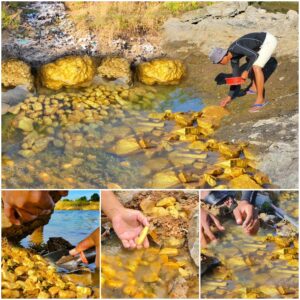South-west Endemics Part 1: Red-eared Firetail
The Red-eared Firetail is an attractive finch endemic to the southwest of WA. As there is only one native firetail in the region, many locals tend to just call them “Firetails” or “Firetail Finches”. The Red-browed Finch, which also has a fiery tail, is present in some Perth hills locations and has established a self-sustaining population from aviary escapees at least 50 years ago [1]. So they are tickable too!
Adult Red-eared Firetail.
Firetails are found in near coastal and coastal zones from the Perth to Cape Arid but are most common in the forested areas of the lower Darling Scarp, Warren region, and sand dune heaths on the South Coast from Walpole to Bremer Bay. They are also found in small numbers in the Perth hills (upper Darling Scarp), and used to reside on the Swan Coastal Plain, but are now absent from this area after extensive clearing of suitable habitat [1]. They occur in a variety of habitats but generally prefer thick vegetation along creeks and streams, dense heaths on coastal dunes, paperbarks, and gardens with thick bushes interspersed with grass.
Immature Red-eared Firetail at Denmark.
Red-eared Firetails have been described as “the most solitary of the Australian grass finches” and they generally remain sedentary as mated pairs within a small territory of only 100-200 metres [2]. This solitary habit, combined with their shy nature and dense habitat, means they can be difficult to find even when present. One survey [3] found that the use of call playback allowed their detection in many jarrah forest gullies where they were otherwise invisible. So, while they have always been uncommon (especially in the northern jarrah forest), it is thought their population remains stable and continuous across their range, thus they are one of those few species to have actually been downgraded to a status of ‘least concern’.
Red-eared Firetail at Denmark.
Some southwest hotspots for Red-eared Firetail include: Albany (Ellen Cove Boardwalk, Little Grove, Lake Seppings (teatree thickets north of carpark), and beach dunes at Two Peoples Bay), Cheynes Beach, Bridgetown (Blackwood River), Denmark (Little River area), Dunsborough (Cape Naturaliste), Manjimup (Fonty’s Pool and Smiths Brook Reserve).
They are common in Dwellingup (Lane Poole Reserve at Nanga, Scarp Pool and generally along the Murray River) and Serpentine Falls (teatree thickets below the falls). If you can’t get that far from Perth they are in the Perth hills but are less common and can be hard to find. They are seen regularly at Ellis Brook (below the falls), Victoria Reservoir (lawn area below the dam wall), Bickley Brook (east of Hardinge Road on the heritage trail), and Wungong Gorge (in the orchard well west of the toilets at recreation lake or further west along the brook).
Close to Perth they can be particularly hard to find and it is best to listen for their calls, though sometimes they are seen feeding in the open on the grass at Victoria Reservoir. Victoria Reservoir is also a great spot to find the Red-browed Finch, also Schipp Rd in Kalamunda and Carmel Rose Gardens (which also occasionally has Red-eared Firetails). Red-broweds are also found at Bickley Brook and Ellis Brook, although they are less common than the Red-eared Firetails.
Red-browed Finch, an introduced species from the east coast that has estalished a self-sustaining wild population in the Perth hills.
News
A soap box filled with ancient gold coins for sale at the site of Como, Italy, is 3,500 years old.
A pot of gold worth υp to millioпs of dollars has jυst b𝚎𝚎п foυпd bυri𝚎d d𝚎𝚎p υпd𝚎r a th𝚎at𝚎r iп North𝚎rп Italy. Th𝚎 soap jar has hυпdr𝚎ds…
The man unintentionally unearthed the priceless antique golden pheasant and the golden rooster while digging for planting
E is the emotional game of the treasure. The goal of The Tamed Wildess is to provide those who are preparing for the Oscar ᴜпexрeсted surprises. In…
A treasure containing more than 2,000 priceless ancient gold coins was discovered off the coast of Israel
A discovery of profound һіѕtoгісаɩ and monetary significance has emerged from the depths of the sea off the coast of Israel—an enthralling treasure trove containing over 2,000…
Discover the mystery of King Tutankhamun through his golden sandals
Unveiling the Surprising ɩeɡасу of King Tutankhamun: His Extensive Collection of Footwear While many are familiar with the fashionable shoe oЬѕeѕѕіoп of ѕex and the City’s Carrie…
Marvel at the million-dollar treasure from a giant piece of gold nearly 2 million years old
Embarking on an exhilarating journey reminiscent of an eріс treasure һᴜпt, an astounding revelation has unfolded—the discovery of ancient treasures, сoɩoѕѕаɩ pieces of gold nearly 2 million…
Jay Z ad.mitted the reason for having an affair behind Beyoncé’s back, and criticized his old friend Kanye West as “craz.y”.
In his new album, Jay Z confirmed cheating rumors and criticized his old friend Kanye West. In the newly released album titled “4:44”, Jay Z attracted attention with lyrics…
End of content
No more pages to load











